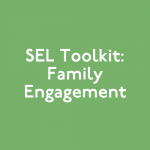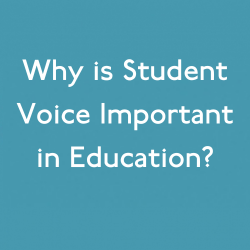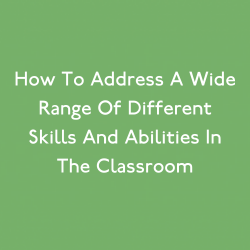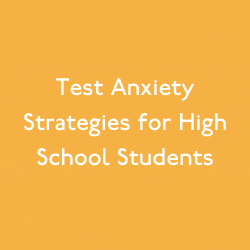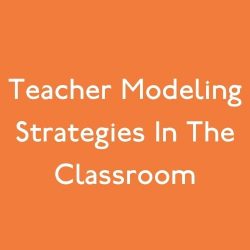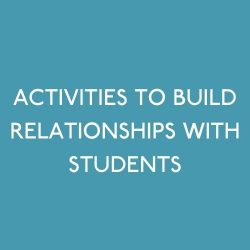Conflicts are a natural part of day to day life. Beginning in childhood and continuing into our adult lives, disagreements, miscommunications and conflicts will consistently arise. Conflicts can cause stress, feelings of anger or resentment and make it difficult to focus. This is particularly true for students in a classroom. It’s important to teach students how to appropriately manage conflict, and the feelings that come along with it, in order to create healthy learning environments. Here are six ways to help your students resolve conflicts.
Practice through role play
Have students work in partners or in groups to act out a variety of conflicts they might experience in the classroom, at recess, at lunch, or even after school. This gives students the opportunity to practice using their conflict resolution skills while they are calm. It can be particularly helpful to challenge students to “try on” opinions that are different from their own. This safe space will make it easier for students to be objective. The activity can help students consider other people’s opinions and help them build empathy.
Focus building active listening skills
Many conflicts are a result of a miscommunication that could be avoided if the individuals involved listened to one another more carefully. “Listening skills” might seem simple, but in a world where everyone is bombarded with notifications and alerts, it’s more difficult than ever to stay in the moment. Remind your students what being a good listener looks like, including: looking directly at the speaker, not interrupting, paraphrasing for understanding, and asking questions rather than quickly jumping in with advice.
Explicitly teach de-escalation strategies
There are times when it’s important to calm down and de-escalate before diving into a conversation. Teaching students to identify these moments and providing them with strategies to de-escalate can ensure that a situation doesn’t spiral out of control. Students can put some Move This World Emogers (emotional management strategies) into place: such as taking deep breaths or going for a walk. Once a student has had time to calm down they’ll be better able to approach the conflict and have a productive conversation.
Reading and writing about conflict
Identifying and discussing how characters in a story are managing conflict is another objective opportunity for students to reflect on and evaluate conflict resolution strategies. Similarly, students can write a story that involves characters working through a conflict together. If students are ready, they can even journal about their personal experiences with conflict and how they handled it. This can give students a chance to think about what they did well and what they might want to improve upon in the future.
Model conflict resolution strategies for students
Everyone experiences conflict and it’s powerful for students to see adults in their lives resolving conflicts in responsible ways. Remember that students are constantly watching and listening, so use every opportunity to model active listening and effective communication skills. When appropriate, share personal experiences of challenging situations that you had to resolve.
Use the teachable moments
No matter how well we teach resolution strategies, conflict is still going to happen. Use these as teachable moments and talk through how the conflict can be resolved, safely and responsibly. Sometimes this will need to be done privately. If appropriate, get the class involved in how a conflict could be solved so that everyone benefits from the lesson.
Conflict resolution strategies for students are just like any other skill, students need opportunities to practice. Teaching these skills in the safe space of a classroom can help students become comfortable with conflict and find ways to actually transform conflict into positive, productive conversations. When students are able to successfully navigate conflict, they can start to see how conflict can challenge their thinking and encourage them to grow.
Sign up for Move This World’s newsletter to stay up to date on social emotional learning.
Enter your email below!



